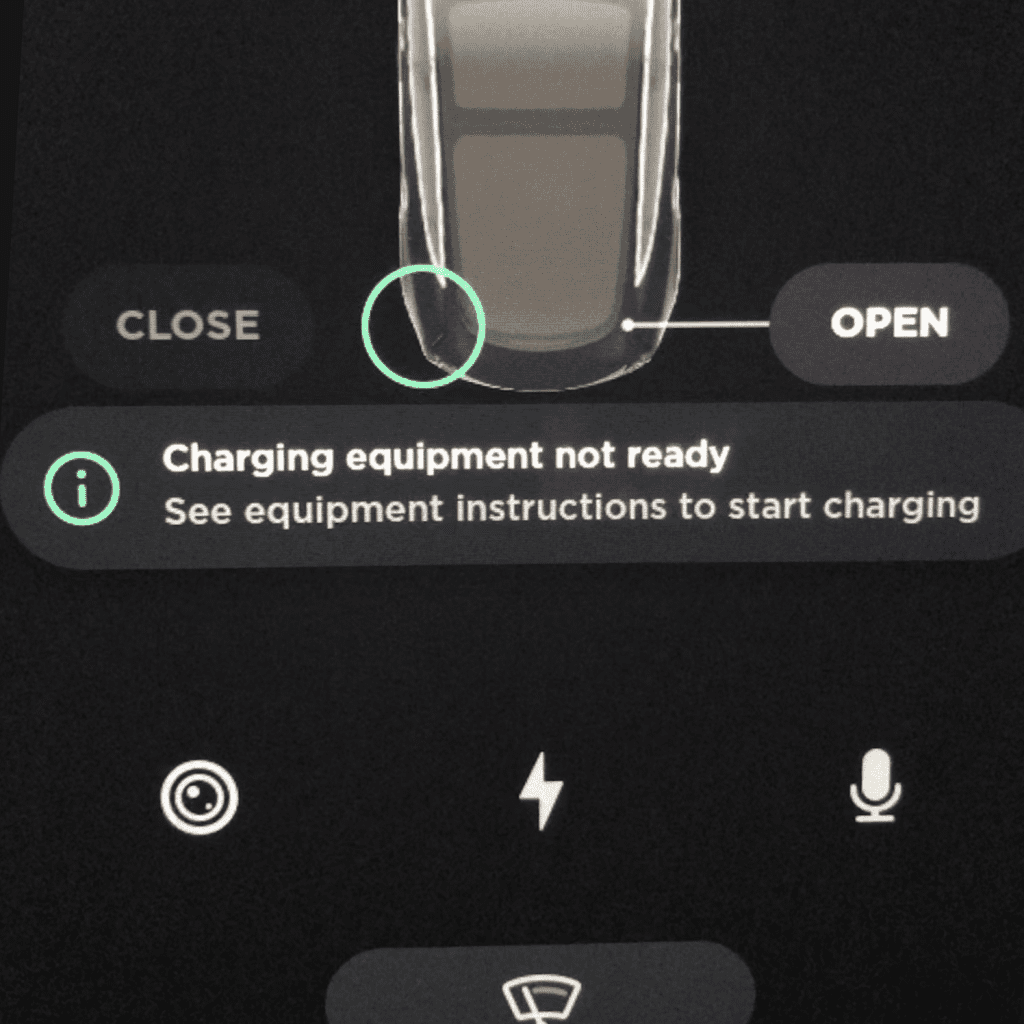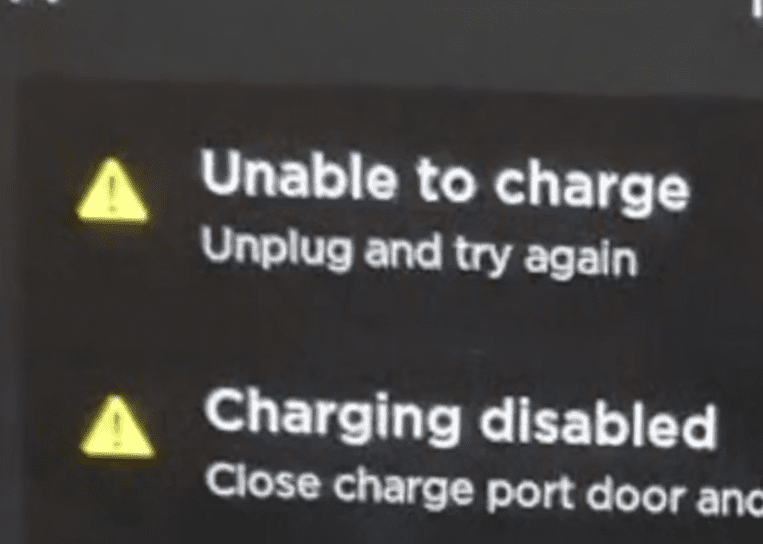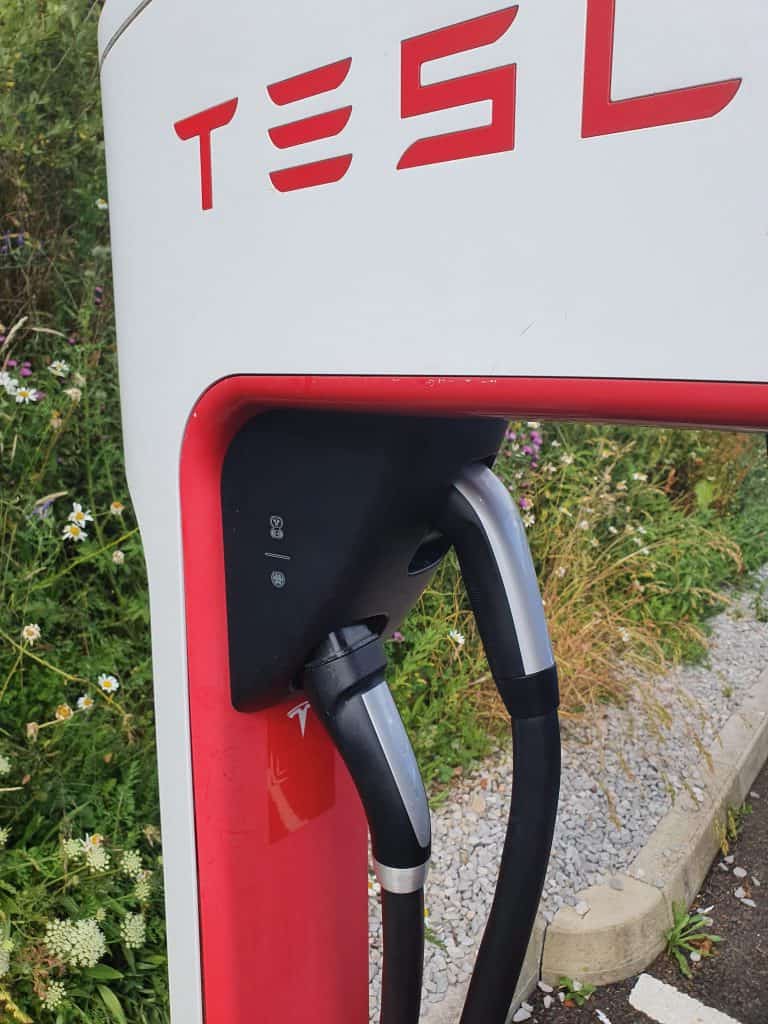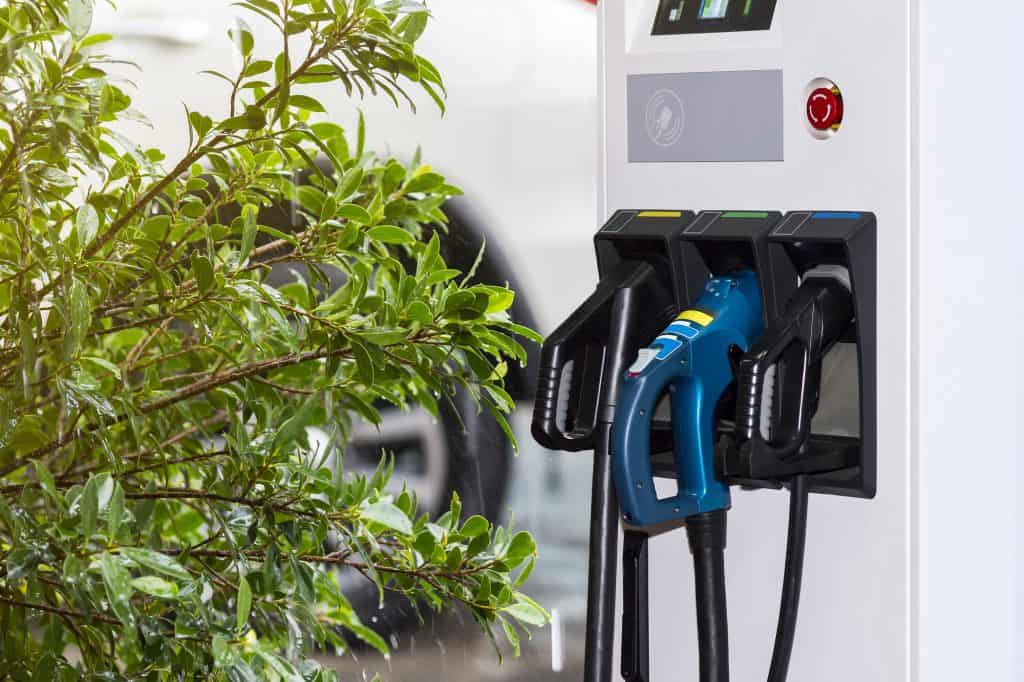Tesla owners are doubly lucky in that they typically drive cars with a longer single-charge range than most other EVs out there, but also because they have access to the Tesla Supercharger network, something not yet available to all EVs — although that development is supposedly on the way.
Currently, in the US, there are around 1,200 Supercharger stations, mostly placed along artery roads and major highways where they are most useful to people undertaking longer journeys and who are in need of faster charging solutions. It seems, however, that some Tesla drivers are being increasingly frustrated by that same network with strange error messages and seemingly inexplicable situations where they just can’t charge.
The good news is that there is some explanation for these common issues, which we will try to explore in some detail in today’s blog post.
Error: Charging Equipment Not Ready

One example of an especially frustrating error message is “Charging Equipment Not Ready” that appears on your Tesla screen after you’ve plugged the car into the Supercharger machine. Underneath that error message there is an explanatory note: “See equipment instructions to start charging.” As you can see, it doesn’t work so well as an explanatory note at all.
One driver in the UK, which is home to 650 Supercharger stations and where non-Tesla drivers can also plug in, recounted his experience in a YouTube video:
His bad charging day started when his home charging solution failed to activate at the preset time — he theorizes because he’d forgotten to set the finishing time — which left them without enough power to get to their desired destination the next day.
He plugged in at home while they got ready, and then used that sliver of power gained to venture to the nearest Supercharger. He tried two different locations and multiple chargers at each station, only to discover this error message coming up every single time. After retreating home to gather a little more charge, he suddenly thought that perhaps leaving the scheduled charging on had been the problem…but a second investigation proved that to be wrong.
So, what did our intrepid YouTuber do next? He did what any sensible Englishman would do, and called up customer service and waited patiently in the phone queue. After explaining his situations, and trying a few things, he was unable to get a solution and was forced to make a formal service appointment with Tesla. That was about a year ago from the time of writing today’s blog, and the error has been around for about 2 years according to most online records.
The frustrating thing about this problem is that no regular fixes seem to work, such as rebooting the car. Evidence from one Redditor seems to suggest that Tesla has acknowledged the problem is with the Superchargers and not with the cars. Some users of the Tesla Wall Connector have reported the same error, however, which one user explains is that the charge point — in our case, the Supercharger — is not properly activated and is unable to acknowledge that the car is requesting power from it.
The difference with the Tesla Wall Connector is that you can test it for yourself to see for sure if the box is faulty, but that’s not possible with Superchargers. In the end, it might have to be a problem that Tesla sorts out itself with its on-site operators.
Error: Unable to Charge

Another common issue some have been experiencing is the appearance of a very unfriendly yellow triangle with an exclamation point that next to it says: “Unable to charge. Disconnect cable and retry.” Of course, if you disconnect and retry only to find this message appearing once again, it’s easy to see how things can get quite frustrating.
One user who experienced this said that they had plugged in their Tesla Model S and about 2 hours into charging they heard a sound from their newly installed electric panel, and sure enough a main was tripped. He said that at the time he had the AC and hot water heater running, and that the ambient temperature in the garage was 85 degrees or so.
When he restored power, everything appeared alright and the charging cable wasn’t overly hot, but he noticed that the 14-50 outlet plug was overheated. When he plugged back in, he got the error message “Unable to Charge.” The problem, as it turned out for him, was that his on-board charger had gone faulty, so he called Tesla for an estimate on a new one. They came back with $2700 as the estimated cost.
Lucky for this owner, he knew what he was doing, bought the fuses he needed himself, pulled the original circuits from the Tesla and replaced them by himself. That’s great for him, but it’s not great news for anyone else who might be experiencing a faulty on-board charger. Others who have reported similar error problems frequently traced the issue back to faulty fuses in the onboard chargers.
When you’re using a Supercharger, you shouldn’t have to fear such an overload as the first owner we mentioned experienced, but at the same time one should be wary of how they charge at home and how much they tax their home electrical systems. If bad practices and overloading the network can lead to expensive repairs being needed on your Tesla, then it’s worth being more careful.
Other Common Supercharger Problems
Next, let’s take a look at some other common issues that can affect Supercharger stations that might help to explain why you’re unable to charge at your usual Supercharger today.
Defective Charger

The first cause is very straightforward, and is one that we actually did touch upon in the first section on error codes — the charging unit itself might be defective. In the case of our YouTuber, it was strange because he visited 2 different Supercharger sites and tried multiple charging stations at each one to no avail, and couldn’t even get straight answers out of Tesla customer support. While it may seem unlikely that multiple chargers fail at multiple locations, it is still possible.
A defective charger is the most likely explanation when you plug into one Supercharger and it doesn’t work, but then try another and it does work. It’s also likely to be the Supercharger station’s problem if your home charger is working perfectly normally and/or you’ve tried other fast DC charging, or other AC charging stations and they’ve worked. There are many factors that can damage Superchargers, but the most common one we shall deal with next.
Bad Weather

Some people don’t realize that some Supercharger stations have been recently impacted by adverse weather or natural disasters. Just because they’re still standing doesn’t mean they have escaped nature’s wrath. For example, many stations in Australia appeared to be intact and in good working order, only for users to discover that they have actually recently been under water during periods of flooding.
The stations are built tough because they need to be, but certain phenomena even they can’t withstand, such as being submerged in water. Other bad weather could also impact them: tornados, hurricanes, earthquakes, etc., and what you could be seeing is a recently repaired but not yet reactivated station.
You Haven’t Paid
Many Tesla users operate under the delusion that their Supercharger service is free. There may once have been a time of free Supercharging, but that time is basically over for most owners.
Free unlimited Supercharging was offered on Model X and S cars, and it has been offered as an incentive for new buyers for periods of up to 6 months, but changes are ongoing and many who assume they could have free charging actually don’t. Check your Supercharger status in your account information if you are unsure.
If you haven’t paid or selected the appropriate payment plan, then your car won’t start charging. So, make sure that you have paid the piper before you start demanding he play you a tune!
Fuses/Battery Damage
Finally, and as we touched on in the section on the second error message, it’s quite common for Superchargers to fail because in your car there is a problem with one of the fuses, or even damage to your battery. Sometimes, if you’re one of those people who has overused Superchargers for years, your battery might be actually trying to protect itself by not allowing you to use a Supercharger at that time.
Too much DC fast charging is bad for long-term battery health in your Tesla. While batteries are more robust than ever, there’s no getting around these basic rules of chemistry, unfortunately.
1 comment
Great article thank you